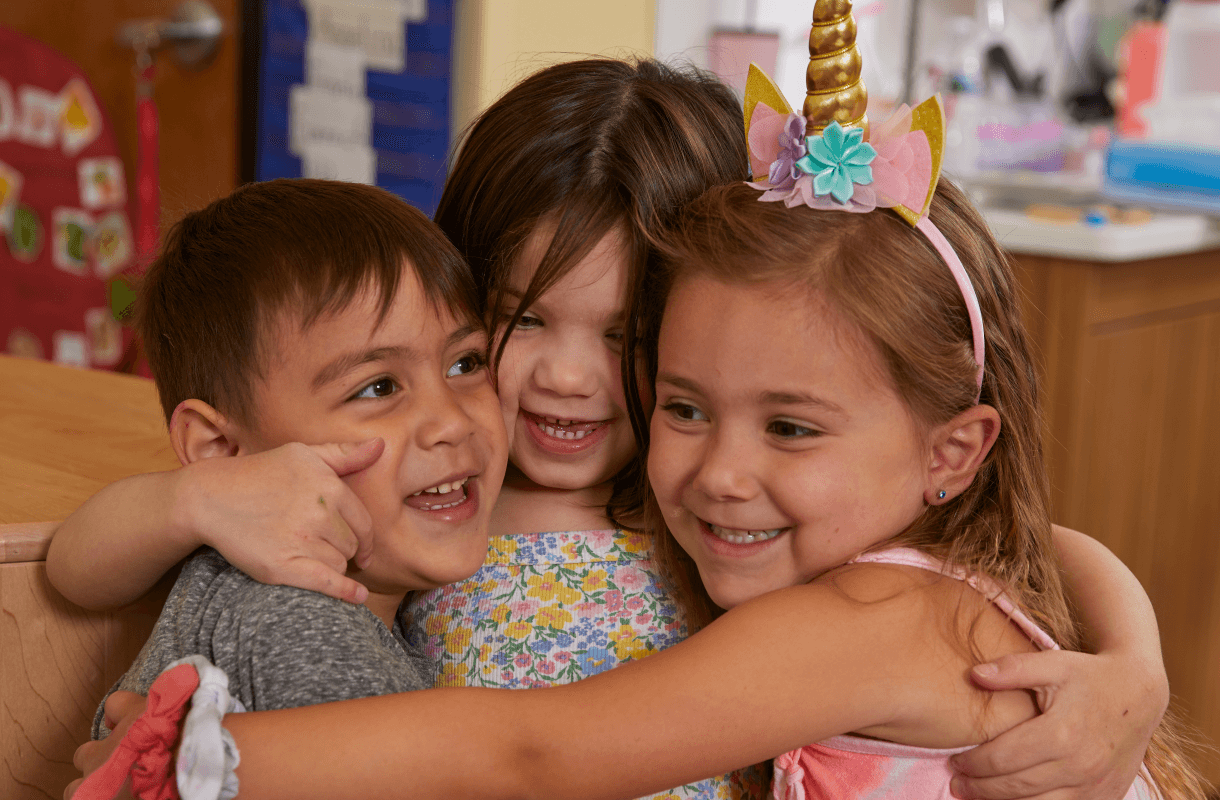5 Hands-On Ways to Learn with Your 5-Year-Old
Article Overview
5-minute read
Kindergarten is all about laying a foundation of academic and social skills children will build on throughout the rest of their time in school. Grow your child’s love for learning with these five hands-on ideas:
- Mixed-Up ABCs—Collect yogurt lids and turn them into alphabet tiles.
- The Great Cardboard Box—Transform any box into anything your child can imagine, from a school bus to a science lab! Imaginative play builds skills across creative, cognitive, and physical developmental domains.
- Pipe Cleaner Play—Sharpen your kiddo’s fine motor skills by weaving pipe cleaners through the holes of a colander or sieve.
- Muffin Tin Sorter—Use a tweezer, a muffin tin, and colored cotton balls to make a sorting game!
- The Pet Project—Develop your child’s early math skills by making a graph featuring friends’ pets or animals from your favorite books.




.jpg?la=en&h=800&w=1200&hash=799F5BD6E84A71FB0D1C8E657FE7F226)
